The content of the article
- 1 Plastic Prosthesis Device
- 2 Use of a complete removable acrylic prosthesis
- 3 Use of partially removable acrylic prosthesis
- 4 Making Acrylic Dentures
- 5 Advantages of an acrylic denture
- 6 Minuses
- 7 Acrylic Denture Care
- 8 Acrylic Dental Cleaning Products
- 9 Repair of acrylic denture
- 10 Video: pros and cons of acrylic dentures
A denture, for the manufacture of which acrylic plastic is used, is the cheapest type of prosthetic design. Its use is possible in the case of complete or partial absence of teeth. Such a prosthesis retains its original parameters in the form of colors and shapes for the entire term that is being used. However, despite these attractive qualities, the acrylic denture still has some drawbacks.
Plastic Prosthesis Device
The constructional structure of such a prosthesis includes an acrylic base, which imitates the edge of the gums, artificial teeth are usually attached to this edge, both in a number, and in several pieces in different places.These teeth are also made of acrylic plastic, but sometimes ceramics can be used.
- Prostheses for the upper jaw occupy the entire surface of the sky, and their fixation is performed due to the effect of suction on it.
- Fixation of the prosthesis in the lower jaw is performed due to the alveolar process, or more simply, due to the jaw part on which the teeth are located.
Use of a complete removable acrylic prosthesis
The main indications for the use of a full denture are: congenital adentia, which implies the complete absence of germinated teeth, the loss of a large number of teeth, which is characteristic of the elderly. Fixation of a complete denture is carried out by reliance on the gum, or fastening due to previously implanted implants, provided that their number is more than four.
Use of partially removable acrylic prosthesis
The use of this type of prosthesis is possible with the loss of several teeth. Its fixation is performed using clasps or hooks - additional devices designed to grip abutment teeth to hold the structure.The group of partially removable acrylic prostheses also includes an immediate-prosthesis, which is a temporary acrylic device designed to replace one tooth.
Making Acrylic Dentures
- The first visit is necessary for the doctor to examine the oral cavity and take off the impressions of the teeth. After that, these casts are transferred to the dental laboratory.
- During the week, the dental laboratory provides the dentist with a ready-made denture.At the second visit, the doctor shows the patient how to properly put on and fix the acrylic prosthesis, and also explains the rules for the implementation of hygienic care. If necessary, correction of the patient’s jaw prosthesis may be performed. This is called "fit."
Advantages of an acrylic denture
The advantages of acrylic dentures include such factors:
- The prosthesis is suitable for patients of any age category.
- During a conversation, such a prosthesis is almost imperceptible due to the natural shade of the frame.
- It is quite simply removed and worn.
- Partial prosthetics provides for the distribution of the chewing load not on the abutment teeth, but evenly throughout the gum.
- If such a prosthesis fails, it is easily repairable.
- The low cost of the prosthesis.
Minuses
Before choosing acrylic prosthetics, you should familiarize yourself with its shortcomings and possible risks in order to evaluate the expediency of this procedure:
- Due to the fact that the prosthesis has a wide area in contact with the gum, its soft tissues are not rarely exposed to injuries and injuries.
- If the prosthesis provides for a kalmmer or any other type of attachment, in most cases it adversely affects the tooth enamel, as it provokes the appearance of caries.
- With prolonged wear of the prosthesis, an allergic reaction to the material from which it is made may occur, since acrylic begins to release toxic substances.
- With an increased gag reflex, wearing a prosthesis is impractical.
- Temporary violation of diction during the adaptation period.
- Acrylic prosthesis is not intended for the use of solid products.
- Frequent visits to the dentist for the purpose of routine inspection and correction of the prosthesis.
- A removable prosthesis that is attached using suction cups requires a long adaptation period, during which the patient with the prosthesis should get used to his existence and learn how to properly eat, talk and smile without experiencing moral discomfort. The length of the adaptation period is exclusively individual, someone can quickly become comfortable, and it will take some time for someone to do it. This is justified, above all, a psychological factor.It is necessary to positively tune into the fact that there is an artificial jaw in the mouth and then the adaptation will take place much faster, which in turn will make life much easier.
- During the first few weeks after installing the prosthesis, it is necessary to carry out a radical change in the diet, in order to exclude from it all those products that are forbidden to use when wearing a dental prosthesis.
Acrylic Denture Care
Acrylic dentures require regular hygienic care. This is justified by the fact that acrylic plastic has a porous structure, which, in turn, is an ideal condition for pathogenic bacteria to accumulate and multiply there. As a result, with insufficient care for an acrylic prosthesis, the occurrence of “acrylic stomatitis”, which is an inflammatory disease of the oral cavity caused by pathogenic microflora, is not excluded.
In order to avoid inflammatory diseases, you must adhere to the following rules for the care of the prosthesis:
- carry out a thorough cleaning of the surface of the prosthesis several times a day;
- rinse the prosthesis with water after eating;
- remove the prosthesis at night and place a disinfectant solution;
- limit the use of solid and viscous food;
- Every six months, visit the dentist for a professional cleaning of the prosthesis.
Acrylic Dental Cleaning Products
To clean an acrylic denture, a regular toothbrush is used; it can be either soft or with medium hardness. It also provides for the use of the usual toothpaste, which does not contain abrasive and whitening particles.
Using a toothbrush with increased stiffness will result in scratches on the surface of the denture. For disinfection use antiseptic drugs, which can be purchased at the pharmacy, chlorhexidine or Miramistin.
Repair of acrylic denture
Repair of an acrylic denture is necessary in the following situations:
- When one or several “native” teeth of a patient are removed, in this case an acrylic substitute is built up on a basis.
- When an artificial tooth is damaged or falls out of the base, then replacement is envisaged.
- When the fixing element breaks - klammer.
- When the base is loosely attached to the gum, relocation is performed.
- When a chip is formed on the frame, then an adjustment is made.
Usually the repair of the above failures takes several days. If such a situation occurs during the period when the warranty period is valid, the repair of the prosthesis is performed free of charge, in all other cases you will have to pay. The cost of repairs is relatively low and, depending on its nature, can vary from 300 to 1000 rubles.
Video: pros and cons of acrylic dentures

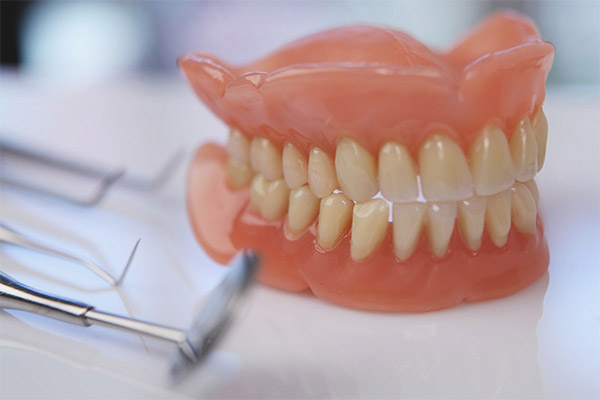
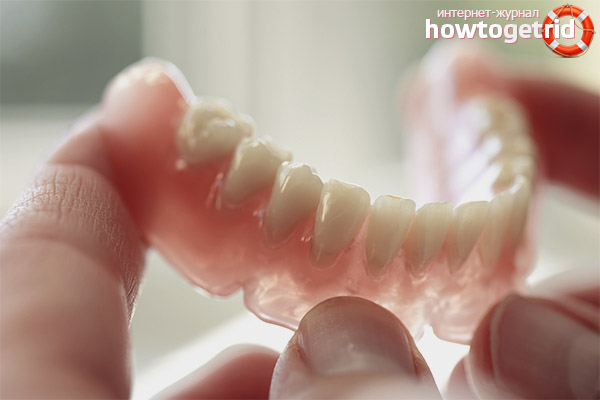
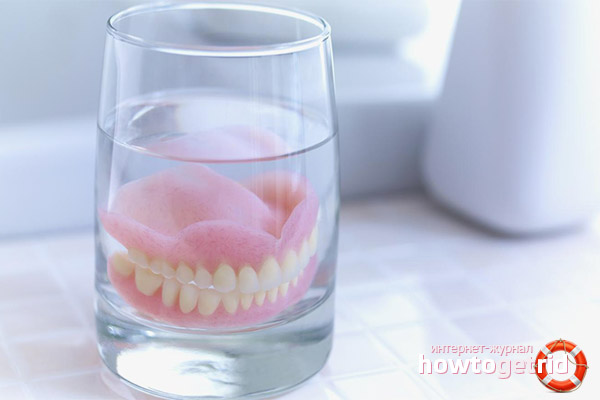

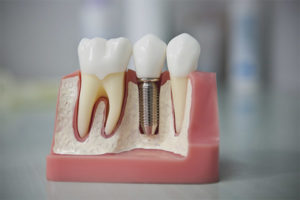
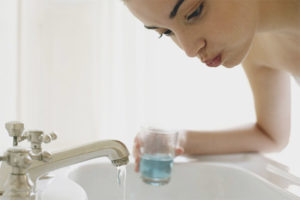

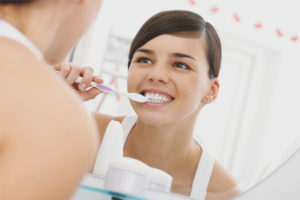
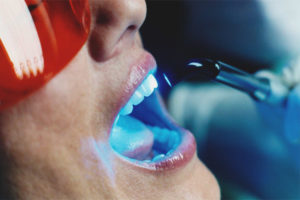

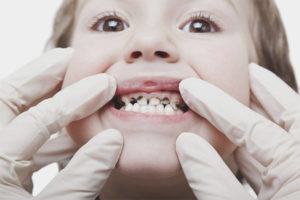
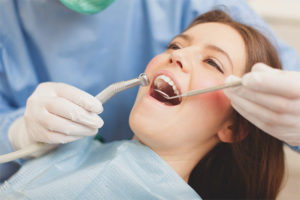
To send